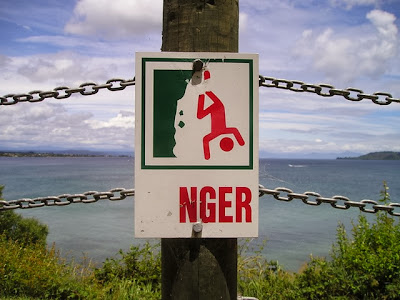Even if all the above measures fail, the
threat of takeover acts as one further disciplineon management. If management
persistently underutilises the company’s resources, the threat of a takeover by another management team
will be accentuated,with potentially adverse consequences for incumbent
executives. While
even the
best-run companies can become a takeover target, the probability of this
unpleasant
outcome can be minimised by earning high profits. This raises the
share price
and makes the firm too expensive for predators.
The takeover threat is particularly
relevant to countries with a highly developed
stock market
culture, such as the US and
the UK
has devised
many ingenious ways of reducing the potency of this threat. Among
the more
familiar schemes are greenmail, white knights and poison pills. Poison
pills refer
to provisions whereby, in the event of a merger_takeover, shareholders
can acquire
shares in the surviving firm at a substantial discount from market
price. This
acts as a disincentive to such takeovers by making them more expensive.
Executives
are aware that these measures offer no foolproof defence.Replying to a question
about a possible takeover of the company, the chief executiveof a major
materials multinational, CRH commented:
A company is always vulnerable if it
performs badly. A good performance is the best protection against acquisition.
It means that someone else has to prove to shareholders that they can run your
business even better._4
Market forces, in the form of both the
‘carrot’ of incentives and the ‘stick’ of the
takeover
threat, impose a discipline on management and penalise the systematic
neglect of
profit maximisation. However, the threat of takeover, like executive
compensation,
is not foolproof against abuse. Good performance does not
provide
immunity against takeover. Often takeovers are motivated by personal
egos of
chief executives rather than objective pursuit of profit, as the dismal
performance of most large mergers demonstrates. At the limit, however, there is
the
threat of
bankruptcy, a real danger for an underperforming firm. Even in the
public
sector, state-owned commercial enterprises can be given an incentive to
act like a
profit-maximising firm through the imposition of ‘hard budget constraints’
linked to a
targeted return on capital.
In recent years, the power of institutional
investors has risen relative to that of
individual
investors, giving greater weight to shareholder interests over those of
corporate
executives. Large pension fund and mutual fund investors are more
able to
wield power and are better organised than traditional small private
shareholders. Investment managers are themselves under pressure to perform
well.
Investment
and pension fund trustees compare the performance of different fund
managers and
are more prepared to shift their funds from one manager to
another than
are small private investors. Thus, while the volume of capital available
to
investment managers has reached unprecedented heights, so too has the
competition
for managing it. This makes fund managers more demanding in
terms of
shareholder returns.
Alternatives to the assumption of profit
maximisation have been explored, for
example,
that executives try to maximise sales, subject only to a minimum level
of profit to
keep shareholders happy. This assumption is plausible in certain circumstances,
but as a generalisation it is hard to argue its superiority over profit
maximisation.
Unless long-run profits are maximised, the forces of competition
threaten not
only the jobs of management, but the survival of the firm.
Besides, profit maximisation does not
necessarily conflict with the objective of
keeping or
expanding market share. The firm making the largest sustained profits
will be best
equipped to survive in the long term. Of course firms will continue to
emphasise
factors such as product quality, but this preference for product quality
might
reflect a contrasting management style and time horizon, rather than deviation
from the
long-run objective of profit maximisation. The contemporary profit-maximising firm may have a
sophisticated agenda. A former chief executive
of the Bank
of Montreal explained that:
In rating my bank’s performance, I assign
only 40 per cent weight to the bottom line.Customer satisfaction, employee
competence and public image count for 60 per cent for they are the indicators
of future profit and future shareholder value._5
Thus, most firms remain profit maximisers.
Some just place more weight on
future profits than others.

No comments:
Post a Comment